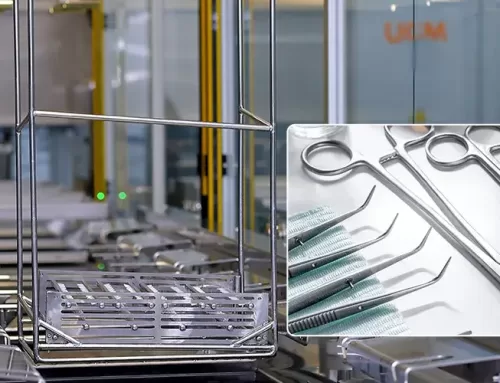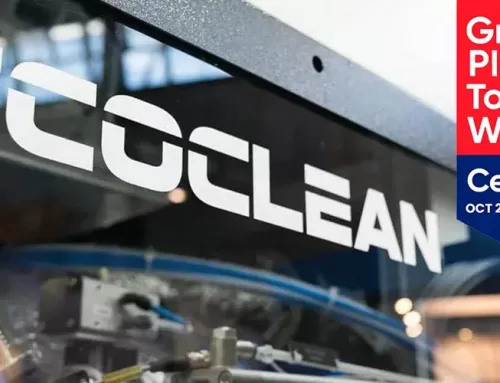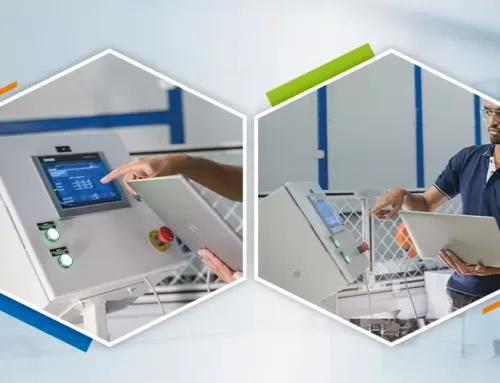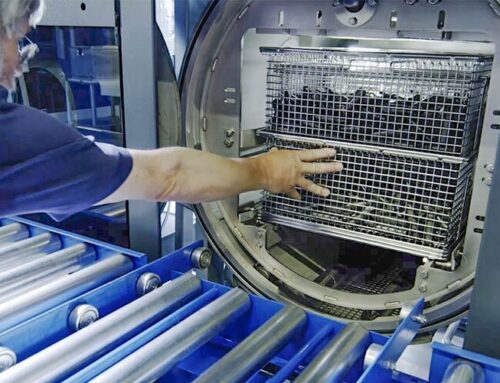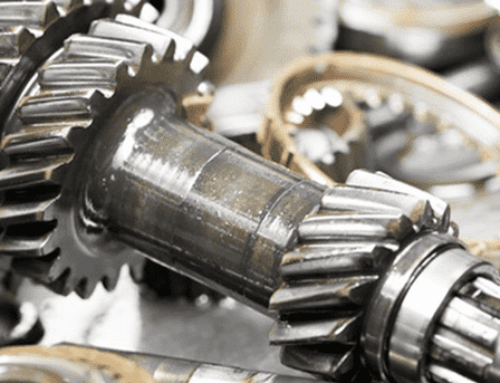In the realm of industrial manufacturing, maintaining cleanliness is crucial, especially in high-precision industries such as automotive, aerospace, medical devices, and electronics. The level of cleanliness often impacts the performance and longevity of components. Cleanliness testing plays a vital role in ensuring that particles and contaminants on components are within permissible limits. This is where the concepts ofStandard, Extended, and Shortened Analysisfor cleanliness testing come into play.
These testing methods help manufacturers assess the level of contamination on parts, define critical parameters, and ensure compliance with industry standards like ISO 16232and VDA 19. In this blog, we will compare these three types of cleanliness testing approaches, highlighting their applications, benefits, and limitations.
What is Cleanliness Testing?
Cleanliness testing is a procedure designed to detect and quantify contaminants, such as particles or films, on the surfaces of industrial components. These contaminants can range from solid particles like dust, metal shavings, and fibers to filmic contaminants such as oils, lubricants, or process media. Effective cleanliness testing is integral in determining whether a component meets specific cleanliness standards required by the industry.
Different industries use various cleanliness standards and methods to ensure product reliability and performance. This testing is essential for quality control, failure prevention, and improving production processes.
Standard Analysis for Cleanliness Testing
Standard Analysisis the most commonly used method for cleanliness testing, providing a basic level of cleanliness validation. It follows industry-standard guidelines, such as ISO 16232and VDA 19, and typically includes:
- Gravimetric Analysis: This method involves measuring the weight of the contamination on a component. The extracted particles are filtered and weighed to determine the total mass of contaminants.
- Light Optical Analysis: In this step, the particles are visually analyzed using a microscope or particle scanner. This allows for a detailed count of particles by size and type.
Standard analysis provides a reliable and consistent way of measuring cleanliness by focusing on the number of particles greater than 50 μmin size. It is widely used for routine inspections where basic cleanliness validation is sufficient to meet customer requirements.
Benefits of Standard Analysis:
- Cost-effective: It is the most affordable option and provides a quick turnaround time.
- Suitable for routine inspections: It is ideal for regular cleanliness checks and monitoring manufacturing processes.
- Compliance with international standards: It follows recognized industry standards and is accepted worldwide.
However, Standard Analysismay not be sufficient in cases where finer particles or in-depth analysis of contaminants is required.
Extended Analysis for Cleanliness Testing
Extended Analysisoffers a more detailed approach to cleanliness testing. This method is particularly useful when higher sensitivity is required, such as in critical componentsused in aerospace or medical devices, where even microscopic particles can lead to failure.
Extended analysis includes all the steps in standard analysis but goes beyond basic particle detection. It often involves:
- Light Optical Analysis for Particles Larger than 5 μm: This allows for a more detailed count and analysis of smaller particles that may not be captured in standard analysis.
- SEM-EDX (Scanning Electron Microscopy with Energy-Dispersive X-ray Analysis): This advanced technique provides information on the composition and morphology of particles. SEM-EDX helps identify specific contaminants, such as metals, polymers, or glass, and traces the source of contamination.
- Liquid Particle Counters: For industries requiring extreme precision, such as semiconductor or medical devices, liquid particle counters are used to measure particles suspended in liquids with high accuracy.
Benefits of Extended Analysis:
- High precision: It is capable of detecting smaller particles (down to 5 μm) and analyzing their composition.
- Root cause analysis: By determining the type of particles, extended analysis helps manufacturers identify the source of contamination and prevent future failures.
- Industry-specific applications: It is often required for high-risk industries where component reliability is critical.
Limitations:
- Cost: Extended analysis is more expensive than standard analysis due to the use of advanced equipment like SEM-EDX.
- Time: This method can be more time-consuming, requiring longer preparation and testing periods.
Shortened Analysis for Cleanliness Testing
Shortened Analysisis designed for situations where time constraintsare critical. While not as comprehensive as the other two methods, shortened analysis provides fast resultsthat are useful for rapid quality checksduring production.
Typically, shortened analysis omits some of the detailed processes used in standard and extended analysis. It might focus on basic gravimetric analysisor employ light optical analysisfor particles above a certain size, such as 50 μm.
While the results may not be as comprehensive as standard or extended analysis, this method still provides a good baseline cleanliness check, ensuring that no major contamination issues exist.
Benefits of Shortened Analysis:
- Fast results: It allows manufacturers to quickly verify cleanliness during production.
- Lower cost: Shortened analysis is more affordable than extended analysis and helps streamline testing.
Limitations:
- Limited detail: It does not offer the precision of extended analysis and might miss smaller particles or provide less in-depth analysis.
- Less suitable for critical components: This method is best suited for non-critical parts where speed is more important than comprehensive cleanliness validation.
Choosing the Right Analysis Method
When deciding which cleanliness analysismethod to use, manufacturers must consider several factors:
- Component criticality: For high-risk industries, extended analysis may be necessary. For non-critical parts, standard or shortened analysis may suffice.
- Time and budget constraints: Standard and shortened analysis are more affordable and quicker, making them ideal for routine inspections. Extended analysis, while more expensive and time-consuming, provides valuable insights for critical components.
- Industry requirements: Different industries have specific cleanliness standards. For instance, aerospace and medical sectors may demand extended analysis due to the precision required.
Ultimately, the choice of analysis depends on the specific needs of the manufacturer, the type of components being produced, and the potential consequences of contamination.
Conclusion
Standard, Extended, and Shortened Analysisfor cleanliness testing all serve unique purposes. Standard analysis is cost-effective and ideal for routine inspections, extended analysis provides in-depth particle identification, and shortened analysis offers quick results when time is of the essence. By understanding these methods and their applications, manufacturers can ensure they select the right cleanliness testing approach to meet their industry's requirements and maintain high-quality standards.


